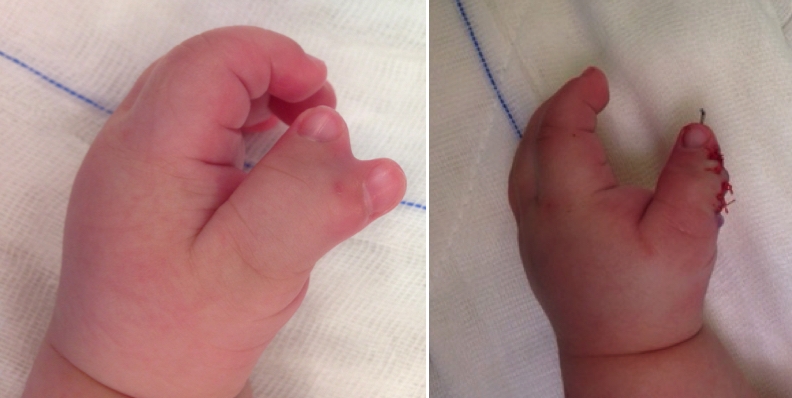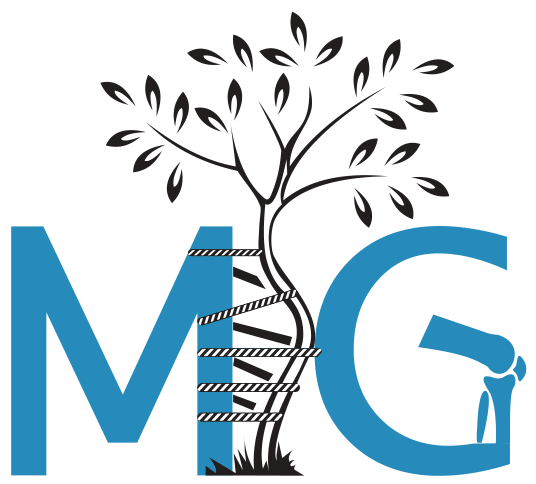The hand is one of the most complex organs of our body in terms of anatomy and function. In addition to its physical function, it also plays an active role in our communication with body language. As a result of the working of many tendons and muscle groups together and in harmony with the wrist, forearm, elbow and arm region, very fine motor functions are performed through our hands.D ue to its complex structure, hand diseases and injuries occupy a special place in the discipline of orthopedics. Inappropriate treatment of many hand problems that are considered simple can have serious consequences that affect the quality of life of the person.
WHAT DOES HAND AREA AND UPPER EXTREMITY SURGERY DEAL WITH? Hand and upper extremity surgery deals with the treatment of cutting or blunt traumas, congenital anomalies, orthopedic problems resulting from overuse, pathologies such as infection, tumor and osteoarthritis (calcification), all negatively affecting the wrist, forearm, elbow and arm functions together with the hand.

WHAT ARE THE TRAUMATIC INJURIES THAT CAN BE SEEN ON THE HAND AND UPPER EXTREMITY?
Traumatic injuries related to the hand and other parts of the upper extremity are quite common in our daily life, in the home- or work environment. Acute soft tissue traumas (tendon cuts, peripheral vascular and nerve cuts, skin and muscle tissue losses due to crushing and compression, etc.), fractures and even amputations (limb ruptures) are the intense areas of work of hand and upper extremity surgery. Microsurgical interventions are among the surgical techniques that can be applied with high success rates, especially in repairing damaged vascular-nerve structures and suturing amputated limbs (replantation).
WHAT DOES HAND AREA AND UPPER EXTREMITY SURGERY DEAL WITH, IN ADDITION TO TRAUMAS?
Nerve compression in the wrist (carpal tunnel syndrome), nerve compression in the elbow joint (ulnar entrapment neuropathy), trigger finger, DeQuervain syndrome, swellings in the wrist (Ganglion cysts), Duputyren’s disease, Tennis elbow and Golfer’s elbow are of the orthopedic diseases for which hand and upper extremity surgery does frequently apply non-traumatic treatment.
Wrist and elbow arthroscopy is one of the preferred treatment methods for cartilage-bone and tendon-ligament problems of these regions. Calcifications in the wrist and finger joints can be treated with wrist- or small joint prosthesis applications. Tendon transfers can be applied in hand- and finger deformities resulting from neuromuscular diseases, congenital anomalies or acquired traumatic sequelae.
In the treatment of traumatic and orthopedic problems of this region, apart from surgical treatments, it is very important to carry out device, physiotherapy and postoperative follow-up as teamwork and under the same roof.
Some of the orthopedic problems that hand and upper extremity surgery deals with frequently, apart from traumas, are as follows:
CARPAL TUNNEL SYNDROME: It is one of the most common health problems in the hand. It is a disorder that occurs as a result of the compression and pressure of the nerve tissue called “median nerve” (which gives the thumb and the three fingers next to it the ability to sense, and provides the thumb functions) in the tunnel (carpal tunnel) through which it passes together with the tendons that move the fingers. It manifests itself with numbness in the fingers, loss of strength and pain radiating from the forearm to the shoulder. Numbness and pain, which usually wakes you up at night, can also be seen during the day from time to time. If necessary precautions are not taken during this period, permanent damage to the nerve will occur. Afterwards, it may not be possible to fully restore the senses & functions of the hand. Medical treatment and night splints are used in the early stages of treatment. If adequate healing is not achieved, the pressure on the nerve is removed by surgically applying carpal tunnel release.
ULNAR TRAP NEUROPATHY: It is a problem that causes numbness, tingling and weakness in the 4th and 5th fingers of the hand as a result of the compression of the nerve tissue called “ulnar nerve” in the inner part of the elbow. While conservative approaches and physical therapy applications are used in the early stages, the nerve should be loosened surgically in the advanced stages.
TRIGGER FINGER (STENOSING TENOVAGINOSİS): The surfaces of the tendons that move the fingers are surrounded by very smooth sheaths. These tendons pass through various tunnels. In the trigger finger problem, the entrance of the sheaths narrows, the tendons thicken, and they cannot fit into the surrounding sheaths. Ultimately, this problem starts with sensitivity in the palm, which can lead to snagging or even locking when the fingers are bent. It can occur in any finger, including the thumb. Although the disease can be controlled with stretching exercises and injections in the early stages, before the fingers are stuck, surgical release of the tendon sheath is required in the advanced stages.
DE QUERVAIN SYNDROME: It develops as a result of the tendons lifting the thumb upwards getting stuck in their sheaths through which they pass. Inflammation in the tendons causes tenderness and swelling depending on the hand movements. Although medical treatment is usually sufficient, surgical intervention may be required in treatment-resistant cases.
GANGLION CYSTS: Cystic formations filled with joint fluid, caused by inflammation of the tendon sheaths, are frequently encountered in the hand and wrist. It can be seen in almost any part of the hand and wrist. However, they are usually located on the back of the wrist and along the tendon sheaths. These formations, which can be called “Ganglion cysts” or “Hygroma”, may appear suddenly or develop gradually over a few months or years. They can grow and shrink over time, or even disappear completely. Rarely painful, these masses are not malignant. They often develop for no apparent reason. Depending on the degree of complaints, medical or surgical treatment is applied.
DUPUYTREN’S DISEASE: With the thickening of the palm and subcutaneous tissue, bands extending up to the fingers are formed. These bands create a pull in the palm. It can develop in middle age for no apparent reason. In treatment, this tissue is surgically removed. Although the result of the treatment varies depending on the course of the disease, a significant improvement in functions is achieved, especially with the hand therapy applied after the surgical intervention.
TENNIS ELBOW & GOLFER’S ELBOW: These are inflammations in the attachment areas of the muscles that adhere to the bone protrusions on the inner and outer edges of our elbow. This type of inflammation can be seen in those who do sports such as tennis and golf, as well as those who work in the industrial field. Initial treatments are rest, activity modification, use of elbow braces called epicondylitis bands, and medication. When the disease progresses, PRP treatment is a treatment that is frequently applied and successful results can be obtained. In advanced disease stages, the attachment of the tendon to the bone is surgically cleaned.
